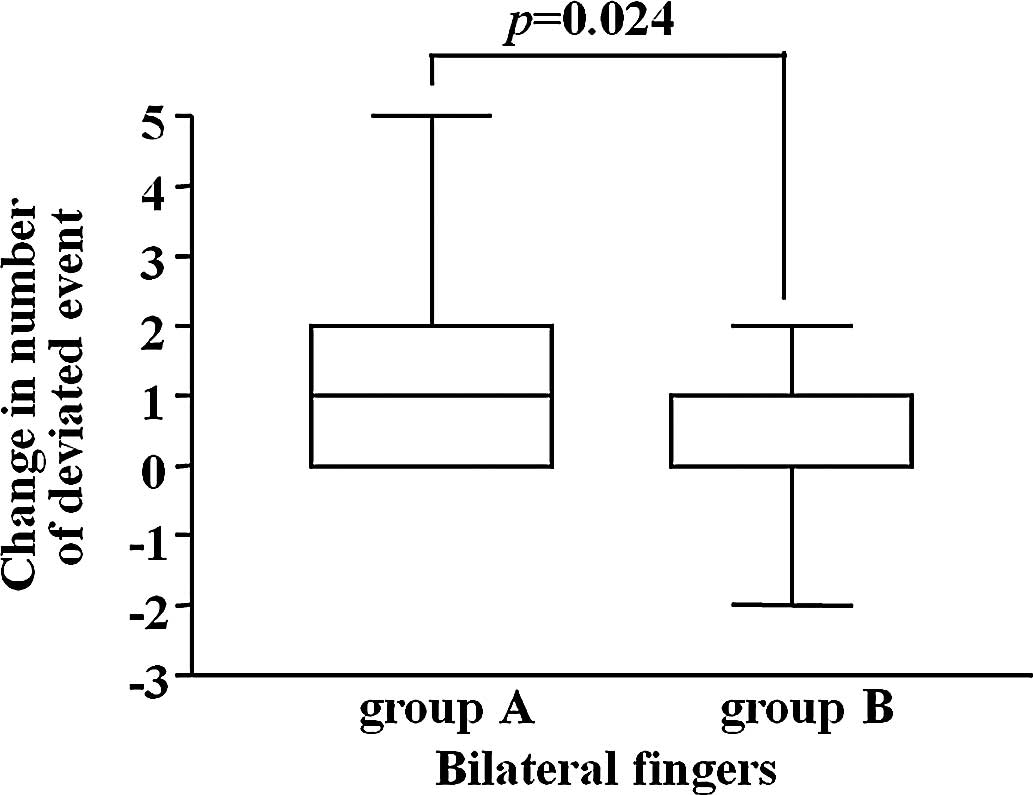Spandidos Publications style
Kaku H, Kumagai S, Onoue H, Takada A, Shoji T, Miura F, Yoshizaki A, Sato S, Kigawa J, Arai T, Arai T, et al: Objective evaluation of the alleviating effects of Goshajinkigan on peripheral neuropathy induced by paclitaxel/carboplatin therapy: A multicenter collaborative Study. Exp Ther Med 3: 60-65, 2012.
APA
Kaku, H., Kumagai, S., Onoue, H., Takada, A., Shoji, T., Miura, F. ... Sugiyama, T. (2012). Objective evaluation of the alleviating effects of Goshajinkigan on peripheral neuropathy induced by paclitaxel/carboplatin therapy: A multicenter collaborative Study. Experimental and Therapeutic Medicine, 3, 60-65. https://doi.org/10.3892/etm.2011.375
MLA
Kaku, H., Kumagai, S., Onoue, H., Takada, A., Shoji, T., Miura, F., Yoshizaki, A., Sato, S., Kigawa, J., Arai, T., Tsunoda, S., Tominaga, E., Aoki, D., Sugiyama, T."Objective evaluation of the alleviating effects of Goshajinkigan on peripheral neuropathy induced by paclitaxel/carboplatin therapy: A multicenter collaborative Study". Experimental and Therapeutic Medicine 3.1 (2012): 60-65.
Chicago
Kaku, H., Kumagai, S., Onoue, H., Takada, A., Shoji, T., Miura, F., Yoshizaki, A., Sato, S., Kigawa, J., Arai, T., Tsunoda, S., Tominaga, E., Aoki, D., Sugiyama, T."Objective evaluation of the alleviating effects of Goshajinkigan on peripheral neuropathy induced by paclitaxel/carboplatin therapy: A multicenter collaborative Study". Experimental and Therapeutic Medicine 3, no. 1 (2012): 60-65. https://doi.org/10.3892/etm.2011.375















